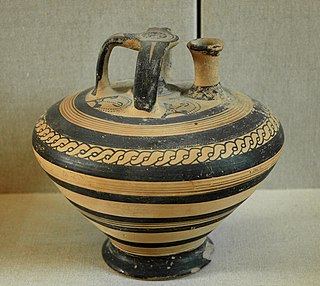| Draža Vas | |
|---|---|
| Coordinates: 46°19′34.08″N15°28′44.74″E / 46.3261333°N 15.4790944°E Coordinates: 46°19′34.08″N15°28′44.74″E / 46.3261333°N 15.4790944°E | |
| Country | |
| Traditional region | Styria |
| Statistical region | Savinja |
| Municipality | Slovenske Konjice |
| Area | |
| • Total | 2.45 km2 (0.95 sq mi) |
| Elevation | 283.9 m (931.4 ft) |
| Population (2002) | |
| • Total | 487 |
| [1] | |
Draža Vas (pronounced [ˈdɾaːʒa ˈʋaːs] ; Slovene : Draža vas) is a settlement in the Municipality of Slovenske Konjice in eastern Slovenia. It lies on the Dravinja River east of Slovenske Konjice. The area is part of the traditional region of Styria. The municipality is now included in the Savinja Statistical Region. [2]

Slovene or Slovenian belongs to the group of South Slavic languages. It is spoken by approximately 2.5 million speakers worldwide, the majority of whom live in Slovenia. It is the first language of about 2.1 million Slovenian people and is one of the 24 official and working languages of the European Union.

A municipality is usually a single administrative division having corporate status and powers of self-government or jurisdiction as granted by national and regional laws to which it is subordinate. It is to be distinguished (usually) from the county, which may encompass rural territory or numerous small communities such as towns, villages and hamlets.

Slovenske Konjice is a town and a municipality in northeastern Slovenia. The area was part of the traditional region of Styria.
A prehistoric hill fort has been identified in the area with archaeological topography. Surface finds have helped date the site to the Early Iron Age. [3]

Topography is the study of the shape and features of land surfaces. The topography of an area could refer to the surface shapes and features themselves, or a description.

An artifact, or artefact, is something made or given shape by humans, such as a tool or a work of art, especially an object of archaeological interest.
The Iron Age is the final epoch of the three-age system, preceded by the Stone Age (Neolithic) and the Bronze Age. It is an archaeological era in the prehistory and protohistory of Europe and the Ancient Near East, and by analogy also used of other parts of the Old World. The three-age system was introduced in the first half of the 19th century for the archaeology of Europe in particular, and by the later 19th century expanded to the archaeology of the Ancient Near East. Its name harks back to the mythological "Ages of Man" of Hesiod. As an archaeological era it was first introduced for Scandinavia by Christian Jürgensen Thomsen in the 1830s. By the 1860s, it was embraced as a useful division of the "earliest history of mankind" in general and began to be applied in Assyriology. The development of the now-conventional periodization in the archaeology of the Ancient Near East was developed in the 1920s to 1930s. As its name suggests, Iron Age technology is characterized by the production of tools and weaponry by ferrous metallurgy (ironworking), more specifically from carbon steel.



